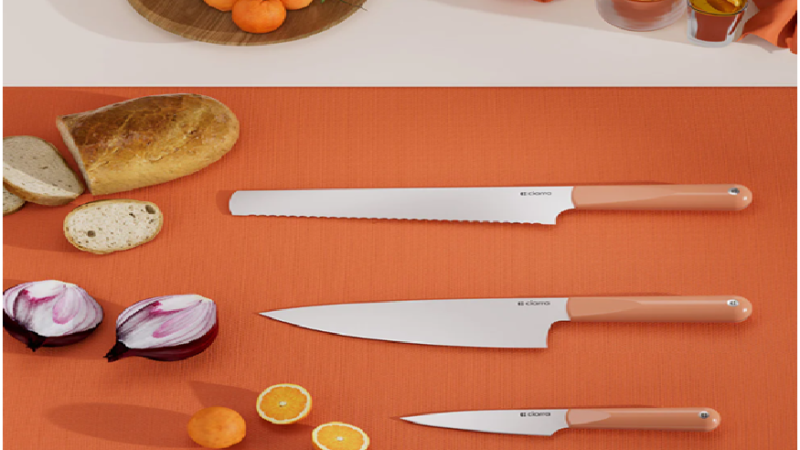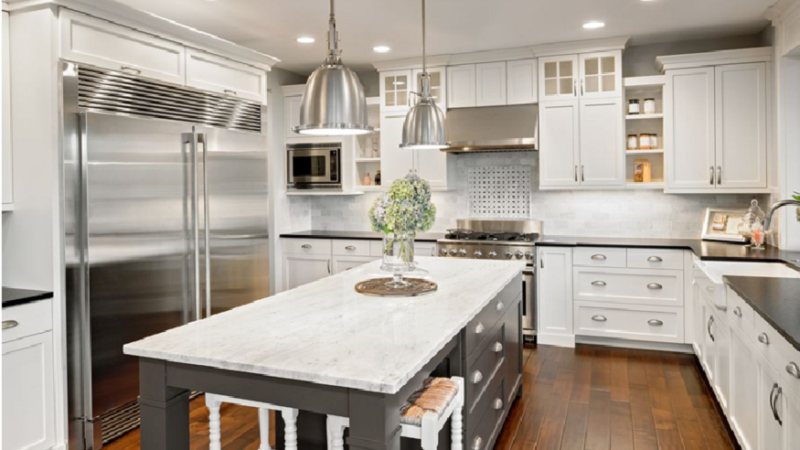The do’s and don’ts of kitchen colour schemes

Choosing a color scheme for your kitchen can be a daunting task. However, color is subjective; everyone has their theory of what they believe to be the perfect color palette for their carefully thought-out kitchen. We are not here to diminish this, in fact, we want to provide you with some of the primary do’s and don’ts of choosing a color scheme to give you insights that may assist you in making the absolute best decision for you and your kitchen.
DO
Research your color theories
Colour is personal, we all have our own preferences for various reasons but investigating color theories is crucial to understanding the rules & guidelines of appealing color schemes. Using a color wheel is a great first step into understanding the fundamentals of color theory.
Give careful consideration into whether you want warm, or cool colors.
Do research into warm vs cool colors. Warm colors – orange, red, yellow, these colors summon feelings of warmth & comfort. Cool colors are blue, purple, & green which summon feelings of calmness. Deciding whether you want to move forward with a warm or cool color scheme takes some trial and error of color combinations. It’s important to not rush this step, you should give it careful consideration as these color schemes will set the basis for your entire kitchen.
Undertones are important
Undertones is the blending of more than one color. The overtone is the ruling color that you recognize, the color you do not perceive is the undertone. You should carefully investigate your kitchen color paint pairing and formulation as they may not cooperate as you would have hoped.
DON’Ts
Don’t overdo the colour coordination
Choosing the perfect color combination for your kitchen takes time and patience, so when you finally commit, it’s important you don’t overdo this combination, you don’t want to undo all your hard work by exaggerating your colors to the point of no return.
Remember to take into consideration your connecting rooms.
It is up to you to decide whether you want your adjoining rooms to complement each other or to be separate spaces. Incorporating unrelated colors can give the effect that rooms are unconnected. However, if you want to paint your connecting rooms in contrasting colors, you can use other materials to tie them together, such as flooring, artwork, rugs, etc.
Don’t forget about your kitchen counters and countertops
When choosing your kitchen color scheme, it’s crucial to take into consideration the desired color of your counters and countertops. Buster & Punch suggest, for kitchens that run parallel to a garden or other outdoor space, their Scrammbler Green finish as it fuses with the outdoor space to create the illusion of one larger, coherent block. You don’t want to be in a situation where you have painted your kitchen the perfect color but then come to discover you are unable to find a counter color scheme that aligns with the satisfaction of your wall color. Research and preparation are key here to avoid any disappointment and extra costs






